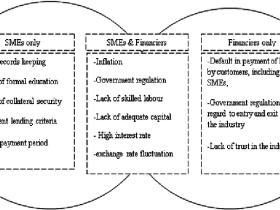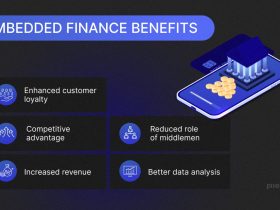Managing the complex world of corporate governance frequently requires a sophisticated comprehension of the various responsibilities that important executives hold. Of these, the Chief Executive Officer (CEO) and Chief Financial Officer (CFO) are the cornerstones of leadership, with distinct roles and vantage points within the organizational structure. This analysis of leadership dynamics examines the complex interactions between the CEO and CFO positions, illuminating their unique responsibilities, difficulties, and cooperative efforts to lead businesses to success. Comprehending the specifics of these critical roles reveals not just the essence of successful corporate leadership but also the mutually beneficial relationship that is essential for the success of the organization.
Who is a CEO?
- The CEO, or Chief Executive Officer, is the highest-ranking executive in a company. This individual is responsible for making key strategic decisions that shape the direction and growth of the organization.
- Beyond decision-making, the CEO often serves as the public face of the company, representing its values, vision, and interests to stakeholders, investors, and the wider community. In many cases, the CEO may also hold additional titles such as president or founder, and may even sit on the company’s board of directors, further solidifying their influence and leadership within the organization.
Who is a CFO?
- The CFO, or Chief Financial Officer, is a top executive responsible for overseeing the financial activities and strategies of a company.
- Their primary role revolves around managing the company’s finances, including financial planning, budgeting, reporting, and risk management. Additionally, the CFO plays a crucial role in analyzing financial data to provide insights and recommendations to support strategic decision-making by the CEO and the board of directors.
- While the CFO focuses primarily on financial matters, their influence often extends beyond finance to areas such as operations, investments, and overall business strategy.
- In some organizations, the CFO may also serve as a member of the board of directors, further contributing to the company’s governance and strategic direction.
Who does what? –
Who has the higher position?
The breadth and depth of the CEO and CFO’s responsibilities fluctuate according to their distinct roles. The following are some ways that the CEO and CFO differ:
Image credit – diffzy.com
- Hierarchy and Reporting Structure:
- The CEO occupies the highest position within a company and directly reports to the board of directors. They are typically appointed or hired by the board.
- In contrast, the CFO is positioned one level below the CEO and reports to them, along with other C-suite executives like the COO. The CFO is usually hired by the CEO.
- Primary responsibilities and focus
- The CEO’s primary responsibility is to oversee the overall functioning of the company and ensure its smooth operation. They focus on setting long-term and short-term goals, delegating tasks, and maintaining alignment with the company’s vision.
- On the other hand, the CFO’s main focus is on managing the company’s finances. This includes tasks such as financial planning, budgeting, risk management, and financial reporting. They concentrate on strategies for revenue growth, risk mitigation, and financial expansion.
- External representation and relationship:
- The CEO often serves as the public face of the company, representing it to external stakeholders, the media, and the general public. They may play a prominent role in shaping the company’s image and promoting its products or services.
- Conversely, the CFO primarily interacts with investors, banks, and other financial institutions. They maintain relationships with these entities and provide financial updates and information as necessary.
- Strategic Direction and Decision-Making:
- The CEO plays a key role in charting the strategic direction of the company in collaboration with the board of directors. They are responsible for setting the tone, vision, and culture of the organization.
- Meanwhile, the CFO focuses on assessing the financial health of the company, identifying strengths and weaknesses, and proposing strategies to address financial challenges. They provide financial counsel to the CEO and collaborate with other executives on funding and budgeting decisions.
- Organizational Culture and Leadership:
- As the ultimate leader, the CEO plays a crucial role in shaping the organizational culture and guiding the behavior of employees. Their actions and decisions set the standard for the company’s values and ethics.
- While the CFO is not specifically tasked with establishing company culture, they are expected to uphold ethical standards, especially in financial matters. As leaders within the company, they must lead by example and adhere to the organization’s culture and values.
- Salary comparison:
- Salaries for both CEO and CFO positions vary depending on factors such as company size, industry, experience, and geographic location. In the United States, the average base salary for a CEO is $116,890 per year, while the average base salary for a CFO is $133,859 per year (according to Indeed, February 2021 data).
- According to PayScale, in a report from January 30, 2023, the average base CEO salary in India is ₹2,992,503 per year. In a December 09, 2022 report, the average base COO salary is ₹2,502,523 per year. A report dated the same day, February 03, 2021, says that the average base CFO salary in India is ₹3,541,126 per year.
Northwest executive education
https://northwest.education/insights/executive-leadership/ceo-vs-coo-vs-cfo-salaries/
Investopedia – https://www.investopedia.com/terms/c/ceo.asp









Leave a Reply